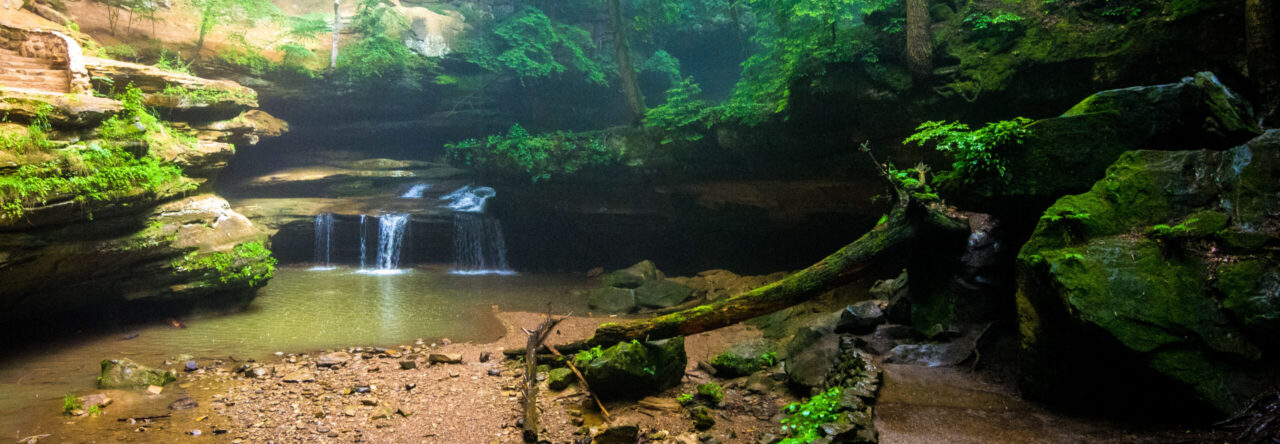
After a wonderful day touring the Douro Valley, the next day we did a tour of Porto. I found a walking tour on FreeTour.com. Similar to the free walking tour we did in Santa Barbara, the idea of these tours is that you pay nothing for the tour, and at the end, you tip your guide however much you deem appropriate. These tours are usually a fun way to get to know a city without breaking the bank.
Compared to Lisbon, the buildings in Porto are much older. The earthquake and fire of 1755 destroyed Lisbon but no such disaster has affected Porto. The Porto Cathedral (top) broke ground in 1110 AD.
 The first stop on our tour was the São Bento train station which is home to beautiful Azujelo murals from the early 1900s (left). While looking at the murals, our tour guide told us the history of this building. Before it was a train station, the building used to be a convent. The city of Porto decided that they needed a train station so they took the building over, but they allowed the nuns to continue to live there until the last nun died. It was a while before it became a train station because the youngest nun in the convent was a child at the time. The building was transformed into a train station in 1893.
The first stop on our tour was the São Bento train station which is home to beautiful Azujelo murals from the early 1900s (left). While looking at the murals, our tour guide told us the history of this building. Before it was a train station, the building used to be a convent. The city of Porto decided that they needed a train station so they took the building over, but they allowed the nuns to continue to live there until the last nun died. It was a while before it became a train station because the youngest nun in the convent was a child at the time. The building was transformed into a train station in 1893.
Our guide also detailed some of the less pleasant parts of their history. From 1933-1974 Portugal was under a dictatorship that separated them from the rest of the world. The dictator António de Oliveira Salazar (J.K. Rowling’s inspiration for the name of the founder of Slytherin House), ruled the country, repressing the rights of the citizens until he died from falling off a chair. Democracy was restored through the Carnation Revolution only four years after his death.

Our guide also told us about the summer festival celebrating São João (St. John) that was coming up later that week (thus the decorations on the right). She explained that people flood the street during São João, grilling Sardines, and walk from the city to the ocean, hitting each other on the head with plastic hammers. I am sad that I missed what is known as Europe’s liveliest and least-known (outside of the city, of course) summer festivals. In the words of our Duoro tour guide, they celebrate summer and blame it on a saint.
Our tour ended with our guide serenading us with a traditional fado song. Fado music is a traditional Portuguese genre of music that dates back to the 1820s and is known for its mournful lyrics and tone. Saudade is a Portuguese word that captures this feeling of irrevocable loss that Fado embodies. Later that day, we went to a Fado show at the Casa de Guitarra where we heard more of this music.

That afternoon, we headed across the river to Villa Nova da Gaia to visit one of the famous port wine cellars we heard about on both our tour of the Duoro and of Porto. We chose to tour Ferreira because they are a historic port producer owned by a Portuguese family (most big port producers are British for some reason). It was interesting seeing how a big company differed from the smaller producers we toured in the Duoro. Of course, our tour ended with a port wine tasting. If you have a short time in Porto, this is a good way to get an understanding of the importance of Port. If you have more time, I recommend a tour of the Duoro instead of touring a port cellar. They are very similar experiences and I much preferred our full-day in the Duoro.
Thanks for stopping by! To read more about this trip, check out Cruising the Atlantic to Portugal and Spain trip report. To read about some of our previous trips, visit my Trips Page. If you like my photos be sure to “like” my Facebook Page and follow me on Instagram! For my list of gadgets to make your travels easier, click here. To see inside my camera bag, check out my updated Gear Page.

Leave a Reply